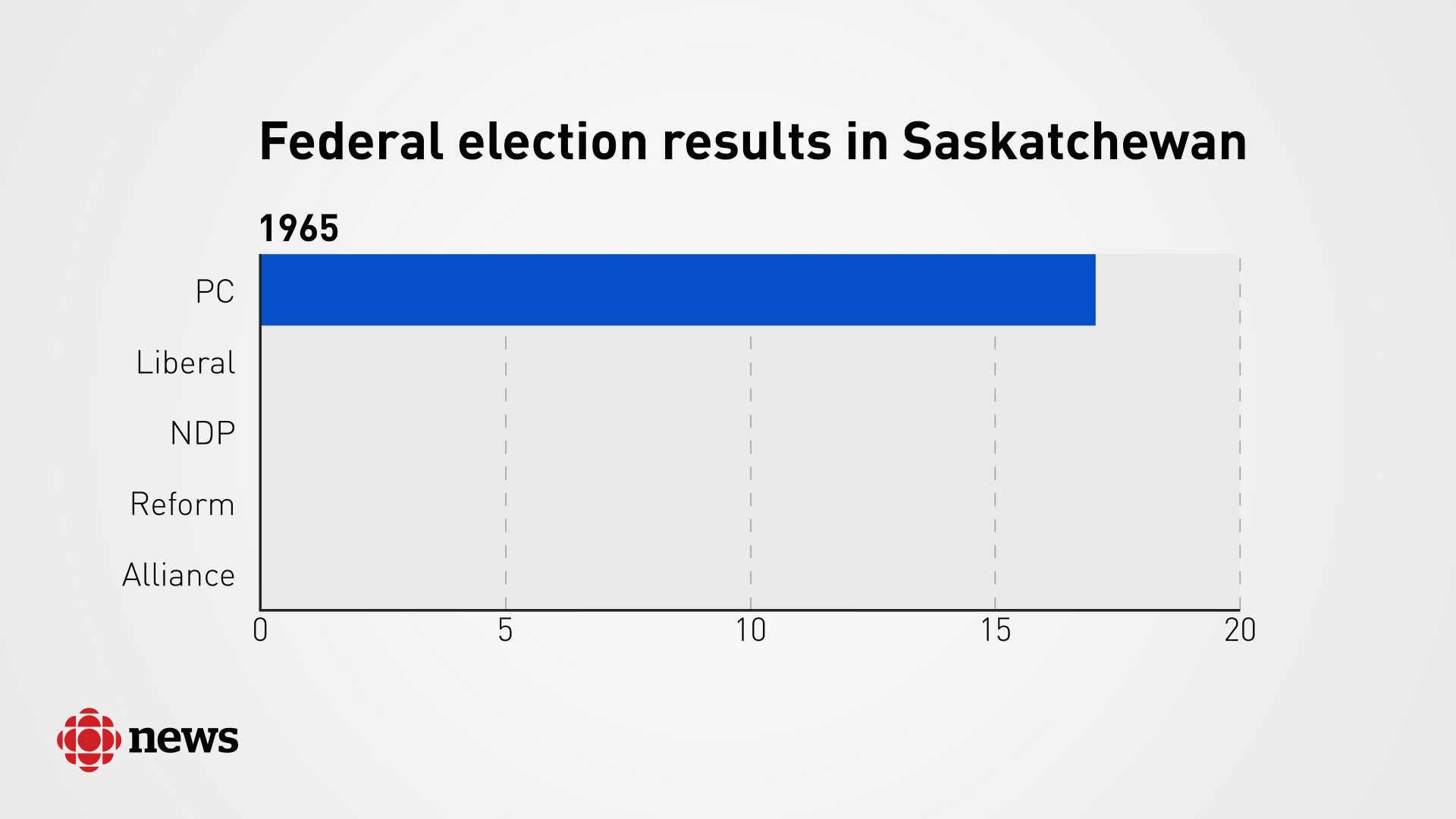Saskatchewan and Alberta once had opposing political views how did they become so aligned?
Neighbouring provinces had contrasting political views that have since come together

Not that long ago, executives in Alberta's oil patch had an expression they used when talking about Saskatchewan. They called it "the old country." At the time, it perfectly captured the perceived political and economic divide between the two neighbouring provinces.
The ironywas that many of those saying that line wereoriginally from Saskatchewan. They were part of the well-documented diaspora who left their home province to pursue opportunities in Alberta.
In those days, the demarcation between the two provinces was both economic and political. Alberta was regarded as decidedly free enterprise, with large pools of private capital investment. Saskatchewan was more committed to "social democracy" and greater public ownership.
Like most generalizations it was only partly true, but as is so often the case it created distinct political identities.

Sea of Conservative blue
In the wake of last week's federal election results, where the Conservative party swept both Saskatchewan and Alberta save for one lonely New Democrat in Edmonton, the political union between the provinces seems to have been consummated.
How did this happen? It's a good questionwith no simple answer.

For starters, it's important to recognize the underlying similarities in the political cultures of the two provinces. They run so deep that Alberta and Saskatchewan almost started as one single province called Buffalo.
So, what are the factors to consider?
First is the settlement cultures of Alberta and Saskatchewan. They both joined Confederation on the same day in 1905, in the midst of a wave of immigration of like-minded people seeking a new life of opportunity.The choice wasn't so much Canada or the U.S. They chose the "new world" and the opportunity it offered to immigrants.
The people who settled the Prairies wereby definitionhardy, independent and entrepreneurial.
You don't uproot yourselfand, in most cases, move to a new continent withoutbeingindividualistic and confident in your ability to carve out a new life.
Social Credit versusCCF
The nature of widely dispersed rural farm settlement and the economic power of central Canada created a sense of alienation, which was expressed in strains of political populism.
In Alberta, itwas reflected in the rise of Social Credit Party and in Saskatchewan the Co-operative Commonwealth Federation.
The Social Credit was a populist right-wing, fundamentalist Christian movement that sought to reduce the power of Eastern banks.
The CCF professed a left-wing, social gospel populism that saw government and public ownership as a counter-balance to private capital.
Despite the differences, they shared three things.
First was a sense of grassroots activism as a source of political power.
Second was being estranged from the centres of economic and political power in Ontario and Quebec.
Third was their religious underpinnings, reflected in the leadership of both movements coming out of Christian activism.
During this period, both provinces tended not to elect federal candidates from the Liberal party, which was seen as a dominant party with deep roots in central Canada.

They expressed their protest, first with the agrarian-based United Farmers and the Progressive parties, later with the Progressive Conservatives and, to a lesser extent, the CCF-NDP. Ultimately it was with the Reform party, forerunner to today's Conservative party.
So, the current of anti-establishment politics has deep roots in Alberta and Saskatchewan. But what about the economic divide between the two provinces reflected in the "old country" label of Saskatchewan?
It has been a 40-year process, driven by the forces of globalization, technology, access to markets and the changing demographics of prairie agriculture.
The political and economic transformation of Saskatchewan can be traced to the 1980s and the election that brought Grant Devine and the Conservatives to power in Saskatchewan.
Two points of view clashed in that election. One was the NDP vision of preserving the family farm, the Crow Rate, the Canadian Wheat Boardand the decades-old pattern of rural life. The Conservative vision was open markets, competition, more value-added processing of commoditiesand private ownership of Crown-owned resource companies operating in the global market.
The underpinnings of the Saskatchewan economy were transformed in that decade, which also brought free trade with the U.S, the collapse of the Soviet Union. and the rise of globalization.
While there remain valid differences of political opinion internally in Saskatchewan and between Alberta and Saskatchewan they now exist mostly on the margins.
The Saskatchewan Party, which has won three consecutive majority governments, is the political outcome of the transformation that began in 1982.
The big issues that so divided Saskatchewan 40 years ago have essentially been settled. The result is the two-province consensus that was so vividly on display election night.
The most obvious evidence is that the oil barons in Alberta no longer refer to Saskatchewan as "the old country."
This column is part of CBC'sOpinionsection. For more information about this section, please read thiseditor's blogand ourFAQ.
Interested in writing for us? We accept pitches for opinion and point-of-view pieces from Saskatchewan residents who want to share their thoughts on the news of the day, issues affecting their community or who have a compelling personal story to share. No need to be a professional writer!
Read more about what we're looking for here, then emailsask-opinion-grp@cbc.cawith your idea.
















_(720p).jpg)


 OFFICIAL HD MUSIC VIDEO.jpg)
.jpg)



























































































